Caring for a feline friend comes with its share of responsibilities, one of which is maintaining a clean and comfortable environment for them to do their business. For many pet owners, pee pads offer a convenient solution, especially for indoor cats or those with limited access to the outdoors. But just how often should you change a cat's pee pad to ensure optimal hygiene and health for your kitty? Let's dive in.
Key Takeaways:
- Frequency of Changes: The pee pad should be changed regularly, with the exact frequency depending on the number of cats, their age, and health.
- Monitoring Health: Changes in urination patterns can signal health issues, so close attention to pee pad usage is crucial.
- Proper Maintenance: Consistent cleaning and replacement of pee pads prevent odors and maintain a sanitary litter box environment.

Understanding Your Cat's Litter Box Habits
Cats are creatures of habit, and their litter box routines are no exception. Observing your cat's litter box habits is essential for determining how often you should change their pee pad. A single cat may not soil their litter box as quickly as multiple cats would. Therefore, for households with just one cat, the pee pad may last a bit longer compared to homes with multiple cats.
The Role of Absorbent Pee Pads
Absorbent pee pads are designed to lock in moisture and control odor, making them a popular choice for pet owners. These pads can handle a significant amount of liquid, but they're not meant to last indefinitely. It's important to replace them before they become overly saturated, as this can lead to leaks and unpleasant smells.
Frequency of Changes for One Cat
For a household with one cat, you might find that changing the pee pad once a week is sufficient. However, this can vary depending on the cat's age, water intake, and whether they are an indoor or outdoor cat. Younger cats and those with higher water consumption may require more frequent changes.
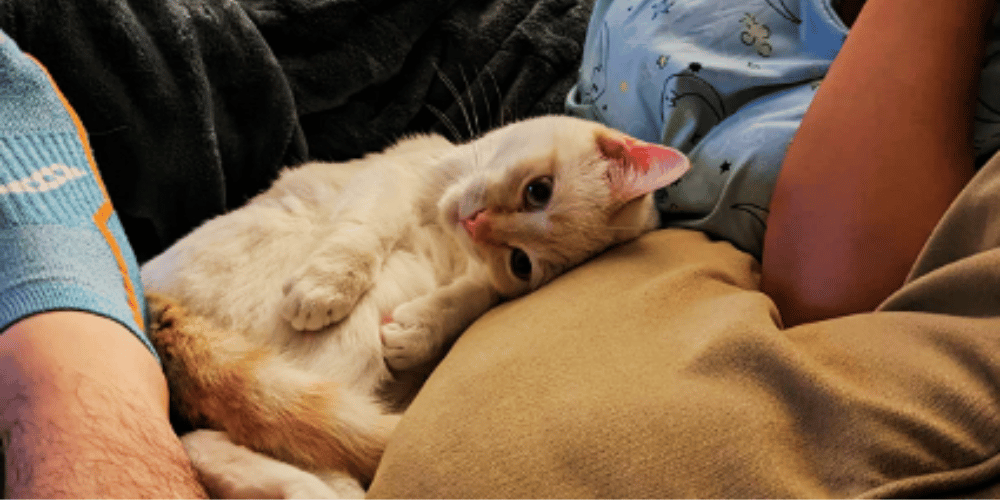
Adjusting for Multiple Cats
In a home with multiple cats, you'll need to change the pee pads more often. Multiple litter boxes can help spread out usage, but it's still crucial to monitor each box closely. With several kitties using the same pee pad, you may need to replace it every few days to maintain cleanliness.
Signs of a Soiled Litter Box
A soiled litter box will often emit a strong ammonia smell, indicating it's time to change the pee pad. Additionally, if you notice the pad is visibly wet or has reached its absorbency limit, it's time to replace it. Keeping the litter box clean is not only about odor control but also about preventing the spread of bacteria and potential health issues.
Health Considerations and Pee Pad Changes
Cats with health conditions such as a bladder infection or UTI may urinate more frequently, necessitating more frequent pee pad changes. If you notice a sudden increase in your cat's litter box usage, it's important to consult a vet ASAP to rule out any medical problems.
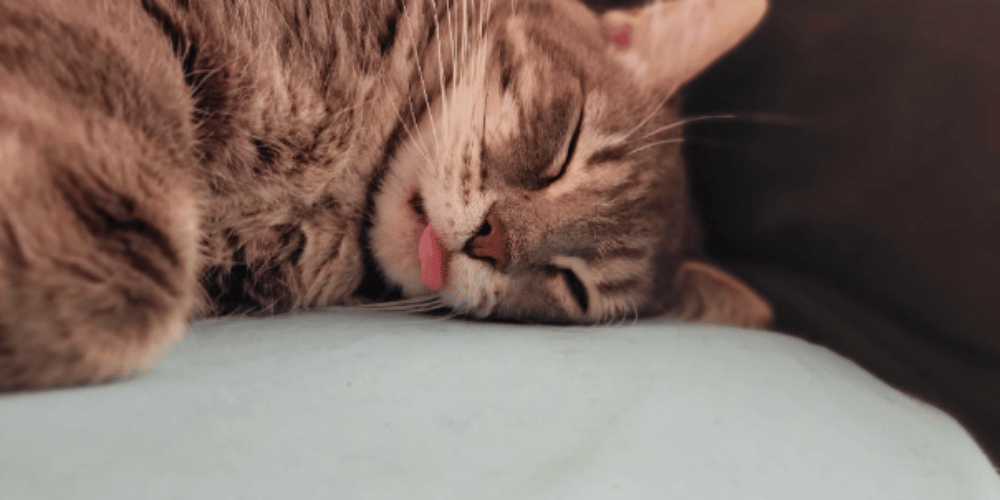
Environmental Factors Affecting Litter Box Maintenance
When considering how often do you change a cat's pee pad, it's important to take into account the environmental factors that can influence your cat's litter box habits. High humidity levels, for instance, can cause the pee pad to fill up faster as moisture in the air can be absorbed into the pad, leading to a full bag situation more quickly. This means that in more humid climates or seasons, you might need to change the pee pad more frequently to maintain a fresh and hygienic litter box environment for your pet.
On the other hand, factors such as ventilation can play a significant role in how long a pee pad can last before needing a change. Good airflow helps to evaporate moisture and reduce the intensity of scents, which can extend the life of the pee pad. However, if the litter box is in a poorly ventilated area, the lack of air circulation can trap odors and moisture, prompting a quicker change cycle. Always consider these environmental aspects to ensure your cat's comfort and health.
Innovations in Litter Box Design and Accessories
The design of your cat's litter box and the accessories you use can greatly influence maintenance routines. Innovations like anti-tracking mats and breeze systems can help keep the area around the litter box clean and reduce the frequency of full bag scenarios. Anti-tracking mats catch any litter that may stick to your cat's paws, preventing it from being spread around the house, while breeze systems are designed to separate solid waste from liquid, making it easier to scoop and maintain.
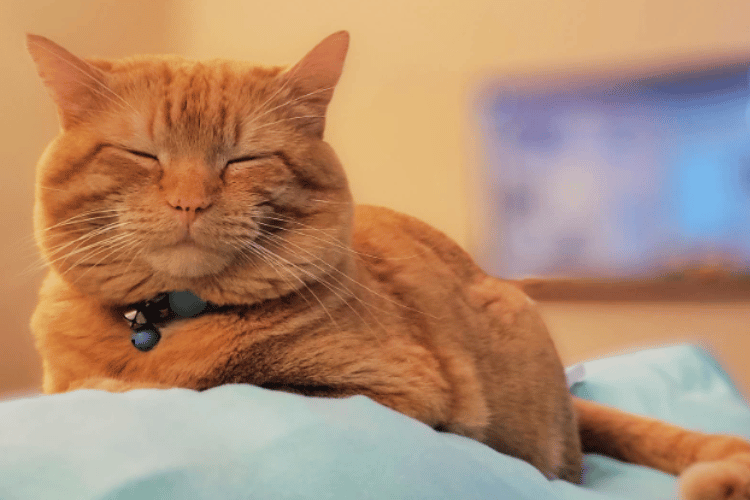
Furthermore, some litter boxes come with features that can indicate when it's time to change the pee pad. For example, a color-changing pee pad can serve as a sign that it's time for a fresh one, or a litter box with a slide-out tray can make the change process quick and painless. These advancements not only make life easier for pet owners but also ensure that the cat's litter box is always clean and inviting, which is crucial for pets that are particular about their bathroom habits.
The Impact of Cat's Age on Pee Pad Changes
A cat's age can influence how often you need to change their pee pad. Kittens and senior cats may have less control over their bladder, leading to more accidents and a need for more frequent pee pad replacements. Paying close attention to the habits of your kitty at different life stages is key.
Choosing the Right Litter for Your Cat
The type of litter you use can also affect how often you need to change the pee pad. Crystal litter, for example, is highly absorbent and may reduce the frequency of changes. However, some cats prefer traditional clumping or non-clumping litters, which may require more regular maintenance.
Monitoring Water Intake and Litter Box Usage
Keeping an eye on your cat's water intake is important, as it can impact how often they use the litter box. Increased water consumption can lead to more frequent urination, meaning you'll need to change the pee pad more often to keep the litter box fresh and clean.
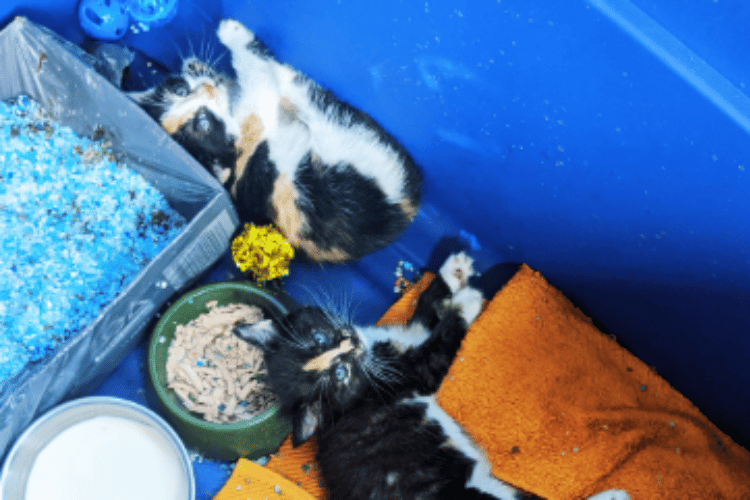
The Importance of a Clean Litter Box
A clean litter box is crucial for your cat's health and well-being. Cats are clean animals by nature and may refuse to use a dirty litter box, leading to accidents around the house. Regularly changing the pee pad helps maintain a hygienic environment that your cat will be comfortable using.
Tips for Maintaining a Fresh Litter Box
To keep your cat's litter box smelling fresh, consider using pee pads with built-in odor control. Additionally, scooping out solid waste daily and topping up with fresh litter can extend the life of your pee pad. Remember to clean the litter box itself regularly to prevent the buildup of bacteria and residue.
When to Seek Veterinary Advice
If you notice any changes in your cat's litter box behavior, such as straining to urinate, peeing outside the box, or blood in the urine, it's important to seek veterinary advice. These could be signs of a medical problem that requires immediate attention.
Summary
In summary, the frequency at which you should change a cat's pee pad varies depending on several factors, including the number of cats, their age, health, and the type of litter used. Generally, for one cat, changing the pee pad once a week may suffice, but for multiple cats or those with health issues, more frequent changes are necessary. Monitoring your cat's behavior and maintaining a clean litter box are essential for their health and happiness.
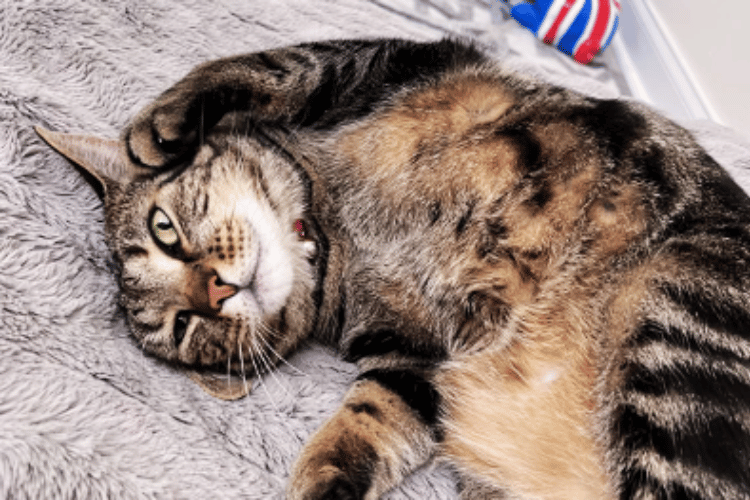
FAQ Section
Q: Can I use pee pads for my cat if they have recently started having accidents? A: Yes, pee pads can be a good solution for cats that have recently started having accidents. They can help protect your floors and make cleanup easier. However, it's important to monitor your cat and consult a vet to determine if there's an underlying health issue causing the accidents.
Q: How do I know when it's time to change my cat's pee pad? A: You'll know it's time to change the pee pad when it starts to smell, is visibly soiled, or has reached its absorbency limit. It's also wise to change it according to the schedule that fits your cat's age, health, and the number of cats using it.
Q: Can changing the pee pad too infrequently cause health problems for my cat? A: Yes, infrequent changes can lead to the buildup of bacteria and ammonia, which can cause health problems for your cat, including urinary tract infections and stress. It's important to maintain a clean litter box to prevent these issues.
Thank you for visiting LegitLists we hope this helps you make a legitimate choice!






